Australian Tropical Rainforest Plants - Online edition
Polyscias australiana (F.Muell.) Philipson

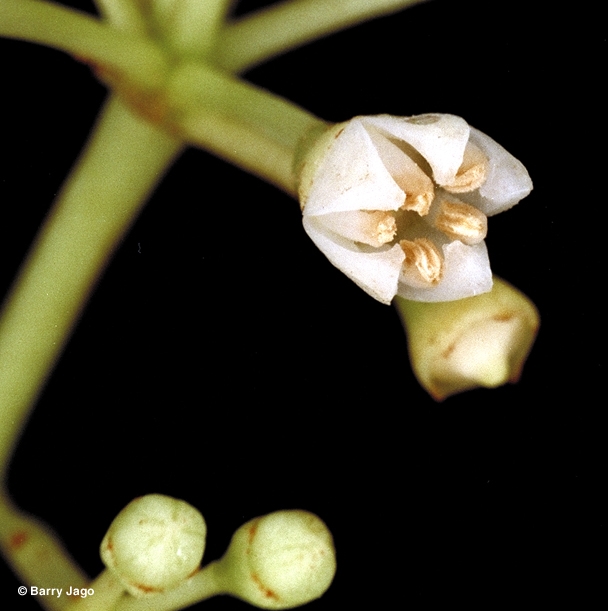

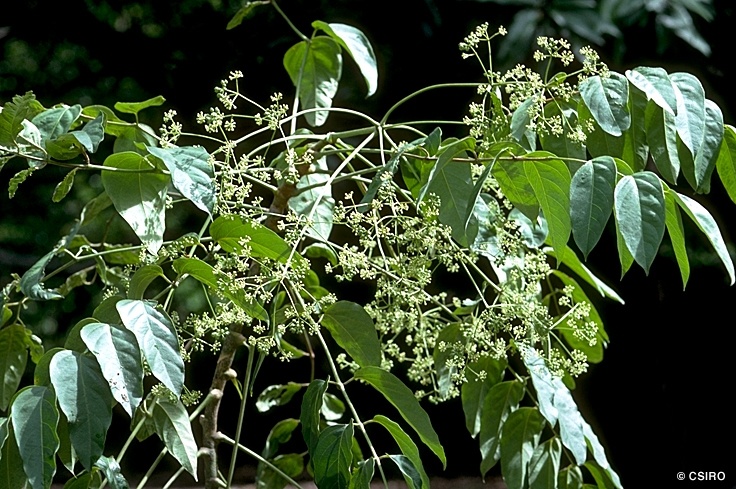

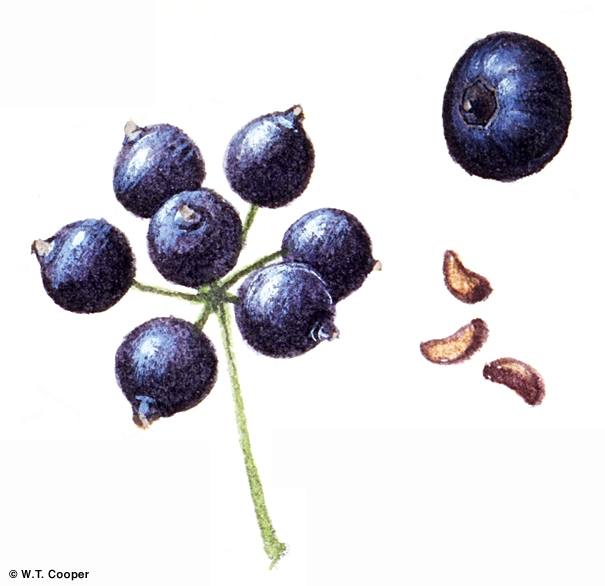
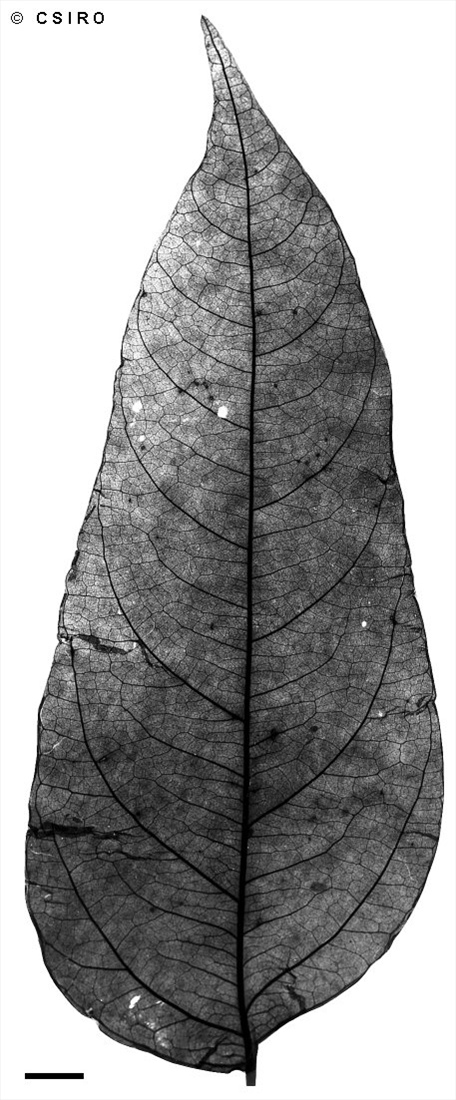

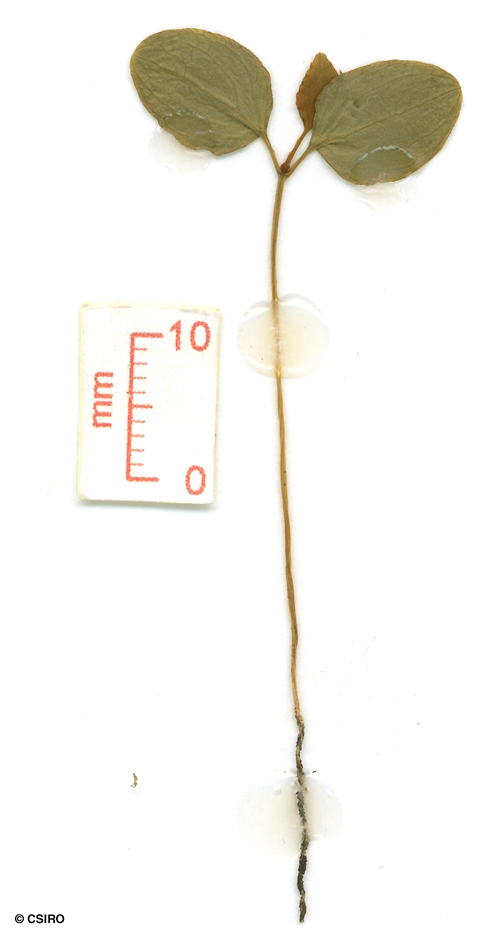
Philipson, W.R. (1978) Blumea 24: 171.
Basswood; Ivory Basswood
Usually grows into a small tree seldom exceeding 30 cm dbh but often flowers and fruits as a large shrub. Blaze odour strong, generally regarded as unpleasant.
Base of the compound leaf rhachis clasping the twig. Compound leaf rhachis swollen at point of attachment of each pair of leaflets. Leaf bearing twigs about 1 cm or more diameter. Young shoots densely clothed in short rusty brown hairs. Leaflets in more than 5 pairs. leaflet blades about 9-18 x 4-10 cm.
Widespread, occurs in CYP, NEQ and CEQ. Altitudinal range from near sea level to about 1000 m. Often grows in wet sclerophyll forest or on the margin of rain forest but also found as a regrowth species in disturbed rain forest. Also occurs in New Guinea.
Leaflets of this species (turned upside down) are often found in the playground of the Golden Bower Bird.
Fallen fruit eaten by Cassowaries. Cooper & Cooper (1994).





